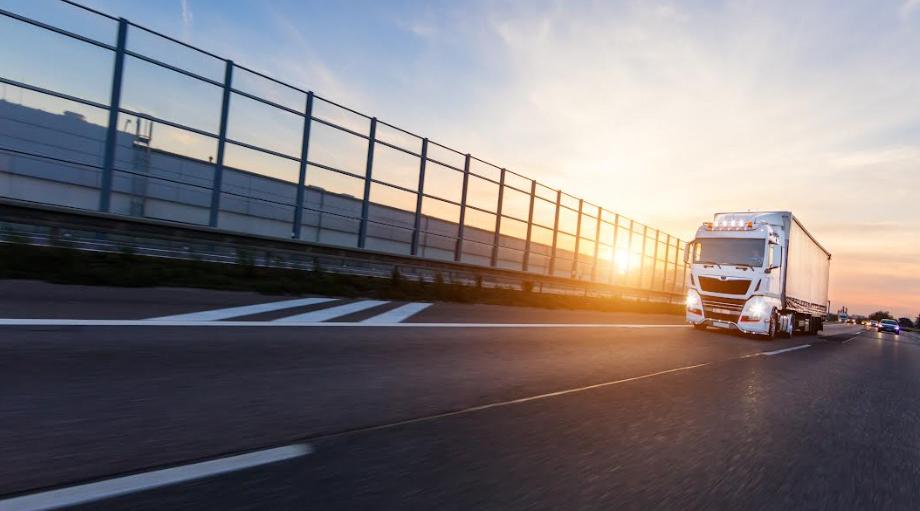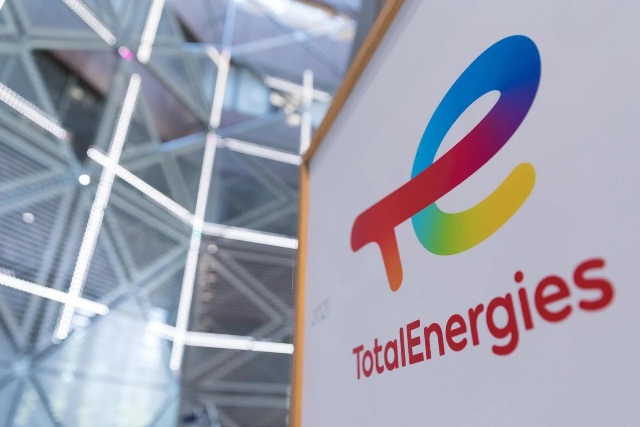
Electrification of heavy goods vehicles in France by 2035
London, 14 March 2024, (Oilandgaspress): –• Enedis, TotalEnergies, VINCI Autoroutes and six European manufacturers – Iveco, MAN Truck & Bus France, Mercedes-Benz Trucks, Renault Trucks, Scania and Volvo Trucks – have joined forces to assess the needs and challenges of electrification of long-distance road freight transport and more particularly roaming charging on the main French roads.
In France, road transport today represents 90% of goods flows and 7% of greenhouse gas emissions. To meet the decarbonization objectives set by public authorities, manufacturers have committed to the development of battery-electric heavy goods vehicles, the main zero-emission technology. The success of this electrification relies on appropriate deployment of the infrastructure necessary for roaming charging. The study carried out, and announced in September 2023 , is based on detailed modeling of the road network as well as the analysis of flows, stopping points for heavy goods vehicles and the electrification of the fleet by 2035 in France.

Five lessons for decarbonizing heavy mobility and planning the territory :
- Charging infrastructure : 12,200 charging points will be necessary for charging heavy goods vehicles while roaming at 519 service and rest areas – 10,000 usable during long breaks and 2,200 for short breaks with electricity. fast charging.
- The power required on the network : roaming charging of heavy goods vehicles alone could represent, by 2035, an energy consumption of 3.5 TWh/year (to be compared with the French annual consumption, of the order of 615 TWh in 2035 1 ) and a power demand of 1.1 GW at peak. These significant needs can be integrated by the electricity network, provided that the work is anticipated and planned.
- The pooling of charging infrastructures : the study highlights the very strong complementarity of charging needs, which do not occur at the same time, weekends of major departures for cars and working days for heavy goods vehicles. The annual power peak is mainly due to car charging needs. There is therefore a real interest in pooling connections between these uses, to limit investments on the electricity network.
- The necessary investments in the electricity network are estimated at €630 million by 2035. This estimate (excluding investment for charging stations and the development of areas), takes into account, in an optimized manner, the pooling of electricity needs. charging while roaming between heavy and light mobility. Around sixty source stations will need to be strengthened or created: this program, without major technical difficulty, must be anticipated now, taking into account the delays of several years necessary to carry out certain works.
- Land issues : the deployment of infrastructure will also reduce the number of available parking spaces for heavy goods vehicles, leading to potential land deficits. Indeed, while in 2035 long-distance electric heavy goods vehicles will still only represent 12.5% of the fleet, at least half of the heavy goods vehicle parking spaces will have to be equipped with charging points on a quarter of the road sections.
Three recommendations to meet the challenges of this transition
The conclusions of this study should enable stakeholders in the sector (public authorities, network managers, charging and road infrastructure operators, transporters and logisticians, heavy goods vehicle manufacturers, shippers) to have a reliable vision and estimate, on a national scale, the power, energy, number of charging points and infrastructure works necessary for the rapid electrification of long-distance road transport. The CSIAM 2 , as representative of international manufacturers present in France, believes that this study is a major step forward which should enable the planning of investments in roaming charging infrastructures, a necessary condition for the success of the electrification of heavy goods vehicles on the long distance.
Beyond these results, all partners recommend the following actions:
- Establish planning and a shared and enforceable roadmap , specifying the developments to be made on electricity networks and road infrastructure for 2027, 2030 and 2035, consistent with future regulations (such as the European regulation on the deployment of fuel infrastructure alternatives);
- Establish regulatory, administrative and financial mechanisms to anticipate work requests, accelerate administrative procedures and optimize shared investments in the areas, by specifying the role and responsibilities of each actor;
- Establish simple and coherent incentive measures , with long-term visibility, to encourage private investment in the development of battery-electric heavy goods vehicles and in charging infrastructure.
Information Source: Read full article
Energy Monitors | Electric Power | Natural Gas | Oil | Climate | Renewable | Wind | Transition | LPG | Solar | Electric | Biomass | Sustainability | Oil Price |

